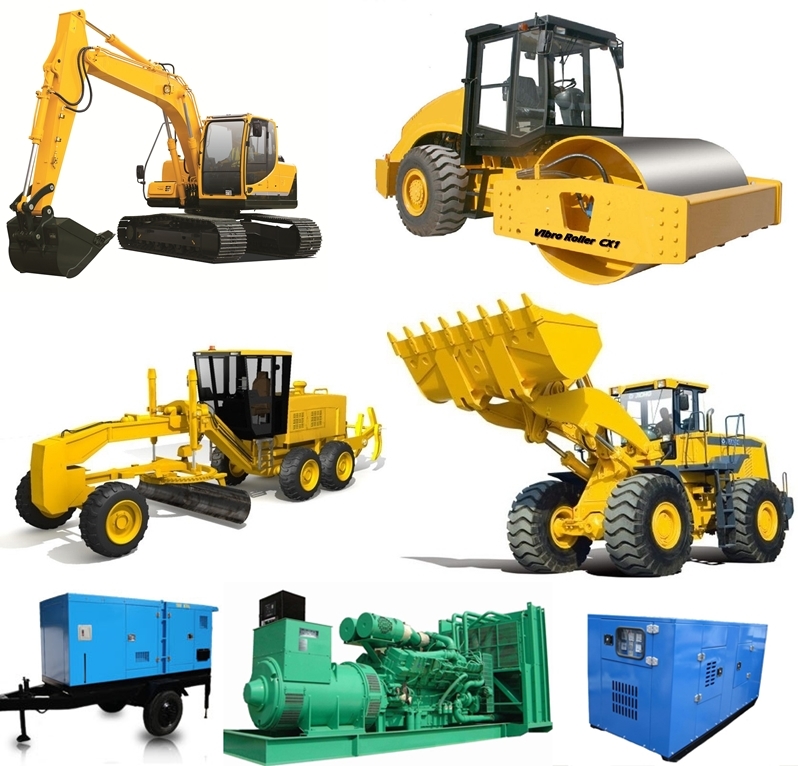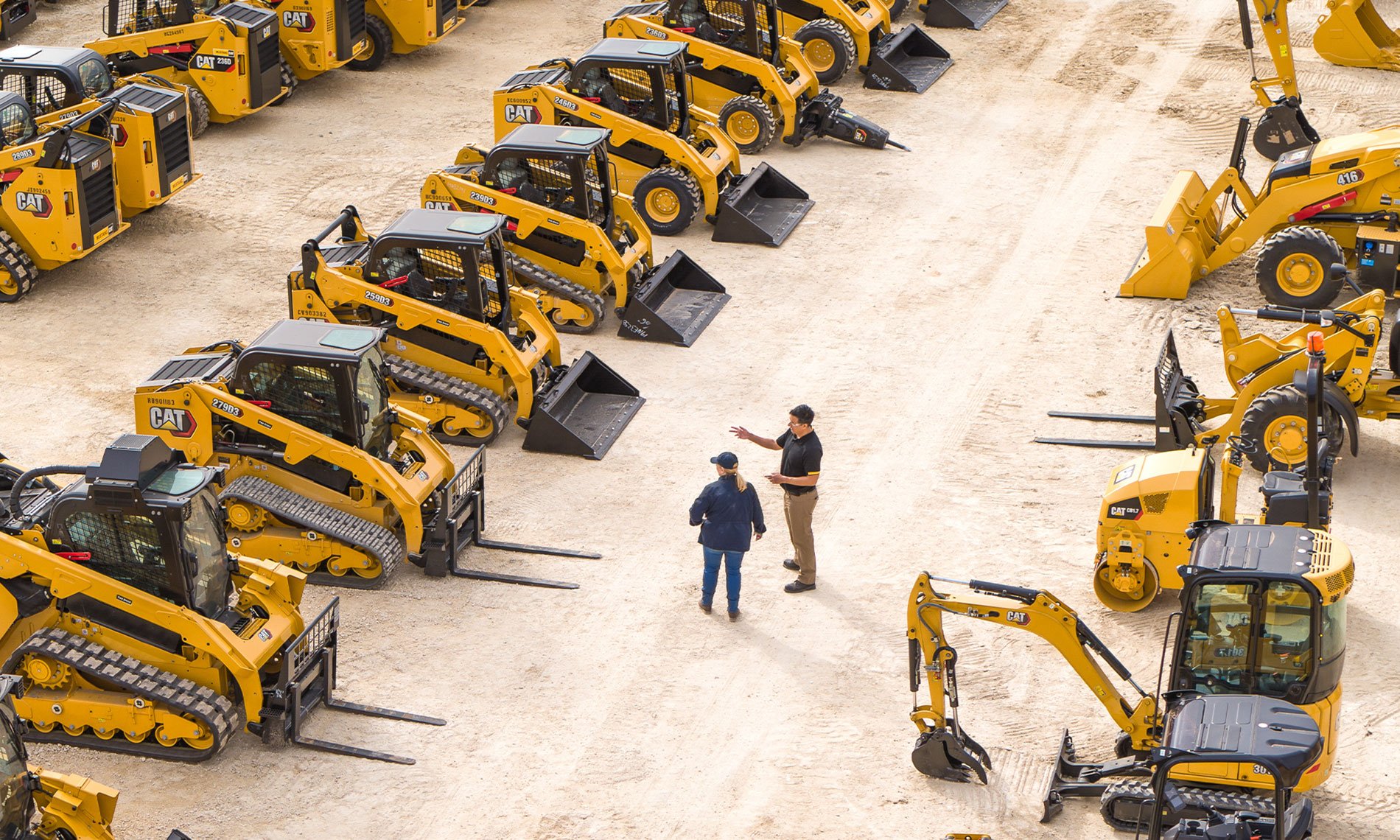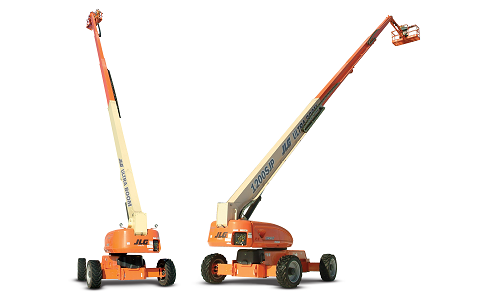Dozer Rental: Powerful Earthmoving Equipment for Your Construction Demands
Dozer Rental: Powerful Earthmoving Equipment for Your Construction Demands
Blog Article
Optimize Your Budget by Comprehending the Costs Connected With Building And Construction Devices Leasings
Understanding the full extent of expenses connected with building and construction tools leasings is critical for maximizing your budget. What methods can be employed to effectively manage these costs and guarantee an extra effective rental experience?
Introduction of Rental Prices
When thinking about construction devices leasings, understanding the linked expenses is extremely important for reliable budgeting and project planning. Rental prices can vary considerably based on numerous elements, consisting of devices kind, period of rental, and location. The preliminary rental fee frequently shows the tools's market need and its linked functional capabilities, affecting the general expenditure.
In addition to the base rental price, secondary prices might develop, such as transport fees, fuel additional charges, and maintenance charges. It is necessary to account for these additional costs to accurately evaluate the complete cost of renting devices. Furthermore, the rental duration can impact prices; longer rentals may get reduced prices, while temporary rentals could incur greater day-to-day costs.

Breakdown of Rental Prices
An extensive understanding of rental rates is crucial for contractors and job managers intending to maximize their budgets. Rental prices for building and construction tools normally contain several parts, consisting of base prices, time-based fees, and use costs.
Base rates are the core costs related to the rental of the equipment, often figured out by the type and size of the machinery. These rates can differ significantly, influenced by factors such as tools need, accessibility, and regional market patterns. Time-based charges, which might be daily, weekly, or monthly, offer to fit various task timelines and rental durations.
In addition, rental rates might include usage charges, which apply when equipment is utilized past a defined threshold, guaranteeing that the rental company can account for deterioration. Seasonal demand changes can additionally influence rental prices, with peak building and construction periods generally commanding greater costs.
Furthermore, recognizing the rental business's plans concerning maintenance and insurance coverage can provide additional understanding right into the total price structure. By evaluating these components, professionals can make enlightened choices, making certain the choice of rental equipment lines up with both project requirements and budget plan restrictions.
Extra Costs to Consider
Recognizing the ins and outs of additional costs is crucial for contractors to manage their total service costs properly. Past the basic rental prices, numerous additional charges can significantly influence the complete cost of devices service. These charges usually consist of shipment and pick-up costs, which can have a peek at this site differ based upon range and logistics entailed in transporting the tools to and from the work website.
Moreover, some rental firms may impose gas additional charges if the equipment is returned with less gas than when rented out. It is also important to recognize potential cleansing costs, particularly for specific equipment that requires detailed maintenance after usage.

Completely reviewing the rental contract and clearing up these added costs ahead of time can assist contractors avoid unforeseen costs and guarantee that budgets continue to be undamaged throughout the task lifecycle.
Repair And Maintenance Expenditures
Regular upkeep and repair expenditures are typically ignored variables that can dramatically influence the overall cost of building equipment services. When renting devices, it is important to consider not only the rental costs yet likewise the prospective prices associated with maintaining the equipment in optimal operating problem.
Several rental companies consist of fundamental maintenance as component of the rental arrangement; nevertheless, more comprehensive repair services or unforeseen break downs can cause extra costs. It's essential to examine the rental agreement very carefully to recognize what upkeep solutions are covered and what obligations drop on the tenant.
Additionally, equipment that is not well-maintained can result in inadequacies on duty website, potentially creating delays and enhancing project costs. To minimize these threats, it is recommended to carry out regular assessments and maintain open interaction with the rental provider concerning any issues that emerge throughout usage.
Insurance Policy and Obligation Expenses
Insurance coverage and responsibility prices are critical parts that can dramatically affect the overall expense of construction devices leasings (heavy equipment rental). These expenses make certain that both the rental business and the client are safeguarded from possible monetary losses arising from mishaps, damages, or burglary throughout the rental duration

In addition, clients need to recognize any kind of deductibles or exclusions in the insurance plan, as these can impact prospective out-of-pocket costs. Recognizing the terms and problems of any type of insurance coverage is crucial to stay clear of unforeseen costs. Eventually, budgeting for insurance and responsibility expenditures can help ensure a smoother rental experience and safeguard versus economic threats connected with building tasks.
Verdict
In final thought, a thorough understanding of the prices connected with building and construction devices services is essential for efficient budget plan management. Eventually, notified decision-making pertaining to equipment services adds to the overall success of building and construction undertakings.
Rental expenses can vary dramatically based on numerous factors, including equipment type, period of service, and area (rental company near me). The rental duration can impact pricing; longer leasings might qualify for reduced rates, while short-term services may sustain greater daily charges
By carrying out extensive research study and involving with trusted rental business, specialists can efficiently browse the intricacies of rental rates, eventually optimizing their economic sources.
Beyond the typical rental rates, different auxiliary fees can substantially impact the overall cost of tools rental. Rental business often supply responsibility insurance coverage that covers injuries to third find celebrations or damage to building, while tools damages insurance coverage can cover the expense of repair services or substitute if the rented out devices is harmed.
Report this page